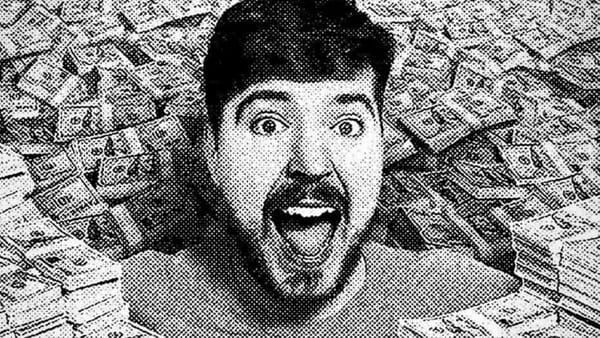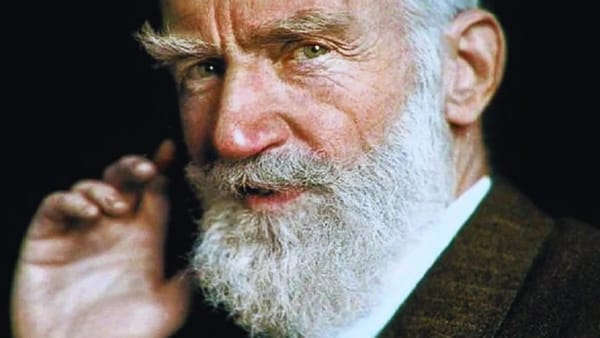EP08 - The Science of Memorable Message
เทคนิคการเขียนยังไงให้น่าจดจำด้วยหลักการวิทยาศาสตร์ Neuroscience ของ Charan Ranganath

เขียนยังไงให้ "น่าจดจำ" ด้วยหลักการวิทยาศาสตร์ Neuroscience โดย อ. Charan Ranganath
เมื่อวานแอดนั่งอ่านบทความใหม่ของ Harvard Business Review ชื่อ “How to Craft a Memorable Message” ของ อ. Charan สั้นๆ แต่ได้ความรู้เยอะมาก
สรุปไอเดียสำคัญเทคนิคการสร้างคอนเทนต์ที่น่าจดจำ
Charan Ranganath เป็นอาจารย์ด้าน Neuroscience เพิ่งออกหนังสือเล่มใหม่ Why We Remember (2024) ติดอยู่ในลิสต์หนังสือน่าอ่านของ Amazon ประจำปีนี้แล้ว
อ. ถามว่า “เคยไหมที่เข้าประชุม แต่เดินออกมาจากห้อง จำอะไรไม่ได้เลย?” อยากบอก อ. ว่าบ่อยเลยคร้าบ ยั๊งงง 555+
“We make our decisions in terms of our memories” - Daniel Kahneman สิ่งที่เราเขียนจะมีประโยชน์ ก็ต่อเมื่อผู้อ่านจำเนื้อหานั้นได้
อ. Charan นำเสนอหลักการ “4C” ตามหลักการทางวิทยาศาสตร์ ที่จะช่วยให้ Audience ของเราจดจำเนื้อหาที่เรานำเสนอได้ดีขึ้น
- Chunk - แบ่งข้อมูลเป็นส่วนๆ
- Concrete - ยกตัวอย่างให้เห็นภาพ
- Callback - ทบทวนซ้ำๆหรือ “Recall”
- Curiosity - ปลุกความอยากรู้ในตัวผู้อ่าน
เหตุผลที่ต้อง "Chunk" ข้อมูล เพราะสมองเรามี “Working Memory Capacity” ที่จำกัดมากๆ
ตัวอย่างการ Chunk เบอร์โทรศัพท์เป็นสามส่วน เช่น 089-555-5555
ยิ่งผู้อ่านจินตนาการภาพในหัวได้ชัดเท่าไหร่ ยิ่งจดจำเนื้อหาเราได้มากขึ้นเท่านั้น “Concrete” คือการสร้าง “Vivid Memory” ในสมองผู้อ่านด้วยเทคนิคง่ายๆอย่าง “Storytelling” และ “Emotion”
“Callback” คือการให้ผู้อ่านได้นึกย้อนกลับไปถึงสิ่งที่เราเขียนในบทก่อนหน้า เช่น “As we found in the last chapter …” เพื่อสร้าง “Connection” ระหว่างข้อมูลเก่าและใหม่
ตัวสุดท้าย “Curiosity” คือการเปิดสิ่งที่เรียกว่า “Knowledge Gap” เล่นกับความอยากรู้อยากเห็น
ตัวอย่างเช่น “แก ฉันมีเรื่องจะบอก อย่าไปเล่าต่อนะ ความลับ” … เล่าจบ รู้กันทั้งบริษัท เดี๋ยวๆ 555+
ตอนแอดเรียนวิชา Learning How to Learn ของ Barbara Oakley อ. ก็มีสอนเรื่อง “Chunking” เป็นหนึ่งในเทคนิคการเรียนที่ทรงพลังที่สุด
อ. ยกตัวอย่างปลาหมึกที่มีสี่แขน เหมือน Working Memory ในระยะสั้นที่รับข้อมูลได้จำกัดมากๆแค่ 4-5 Chunks เท่านั้น
เราเห็นตัวอย่าง Chunking ในชีวิตประจำวันเกือบทุกที่ ตั้งแต่เบอร์โทรศัพท์ ไอดีบัตร Chapters ในหนังสือเรียน หรือ Story ที่ต้องมีสาม Acts [Beginning, Middle, Ending]
“ถ้าอยากให้งานเขียนของเรามีพลังในการเปลี่ยนแปลงชีวิต ต้องช่วยให้ผู้อ่านจำมันได้ก่อน” - Charan Ranganath
เราสามารถประยุกต์ใช้ 4C ได้ในงานเขียน อีเมล Social Media หรือการขึ้นพูดในโอกาสต่างๆ ยิ่ง “Message” ของเรามีความสำคัญมากเท่าไหร่ การนำเสนอมันยิ่งสำคัญมากขึ้นเท่านั้น
มาทบทวนกันแบบไวๆ ใครอ่านจบแล้ว จำ 4C ได้ครบไหม 555+ พิมพ์คอมเมนต์ได้ในแชทเลยคร้าบ ยิ่ง Recall บ่อย ยิ่งจำได้แม่น สุดยอด อ่านบทความนี้แบบเต็มๆได้ที่

เพิ่งจ่ายค่า Subscription ให้ HBR ไป ปีละห้าพันบาท แงๆ ต้องใช้ให้คุ้ม ยั๊งงง 555+
PodDash - One Lesson At A Time 💯




